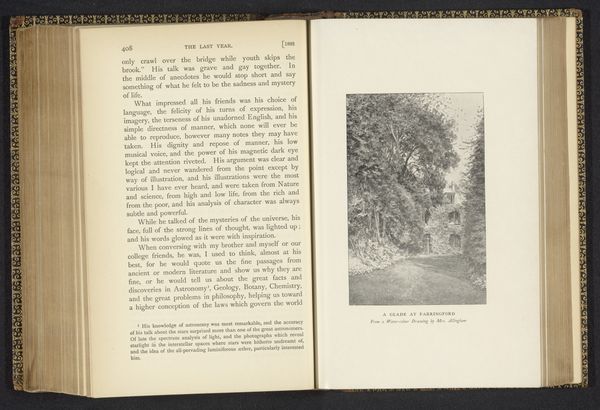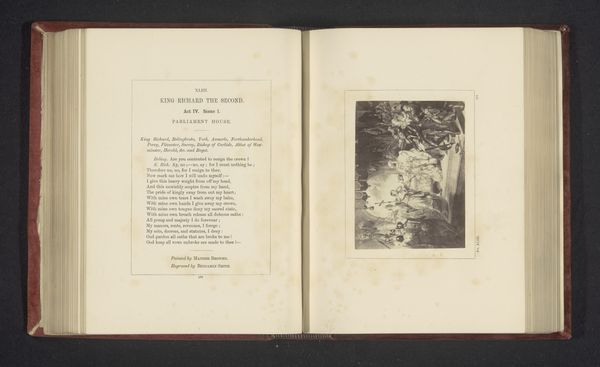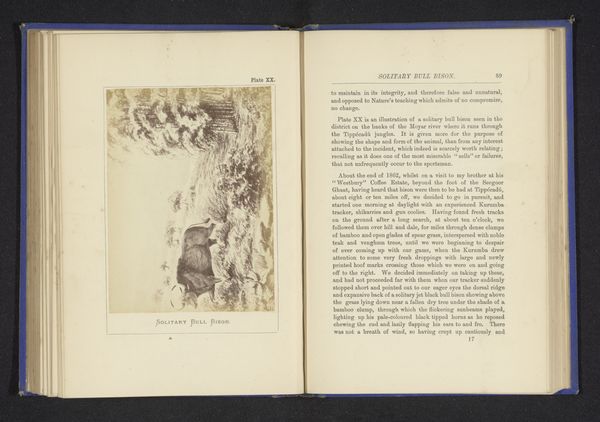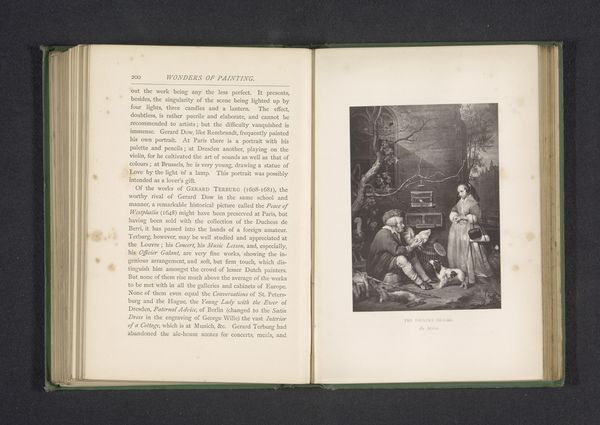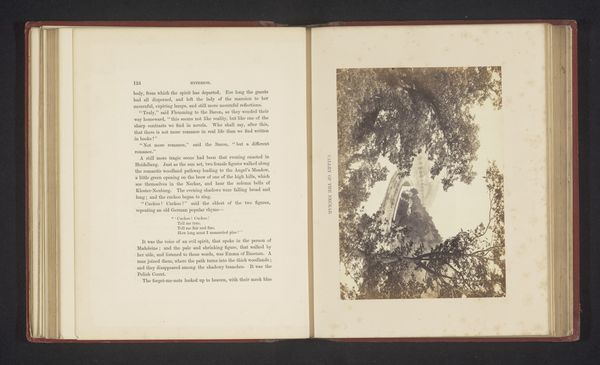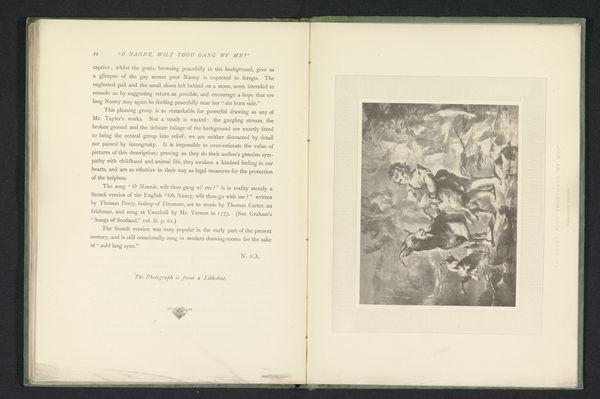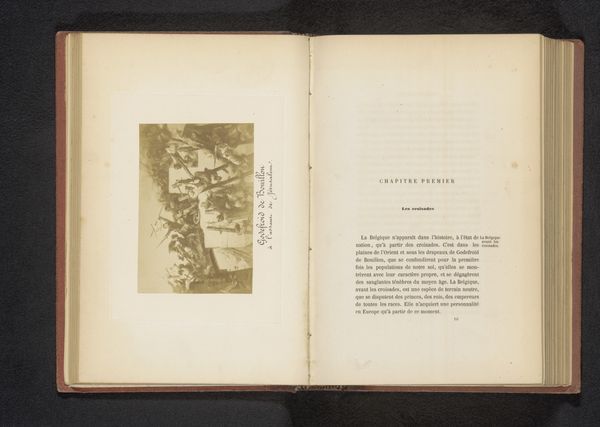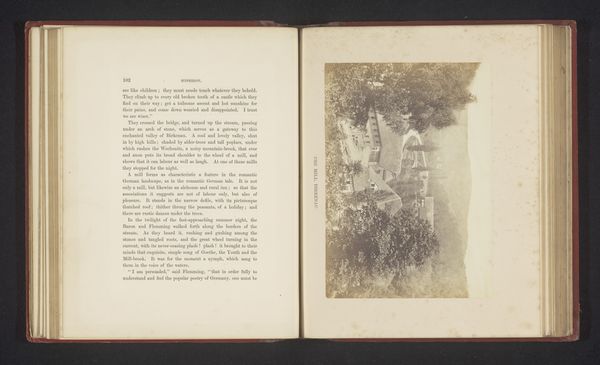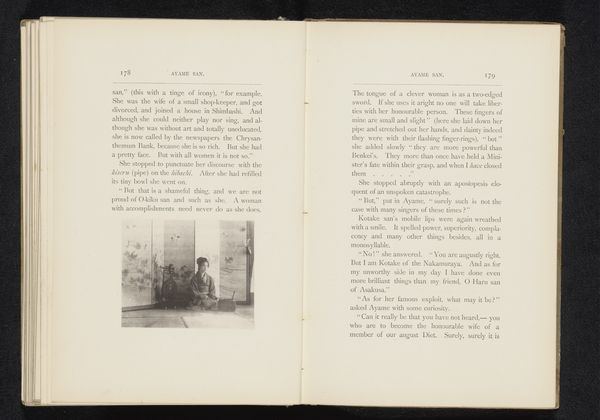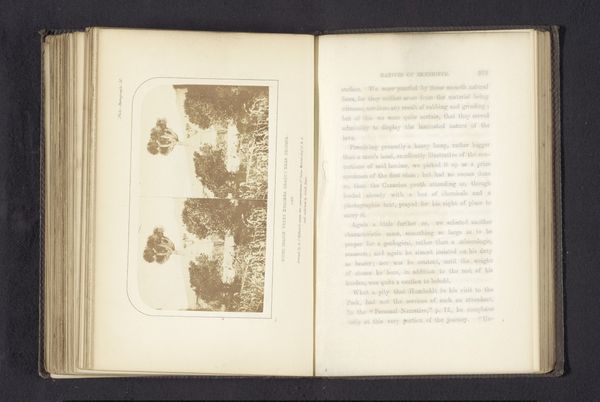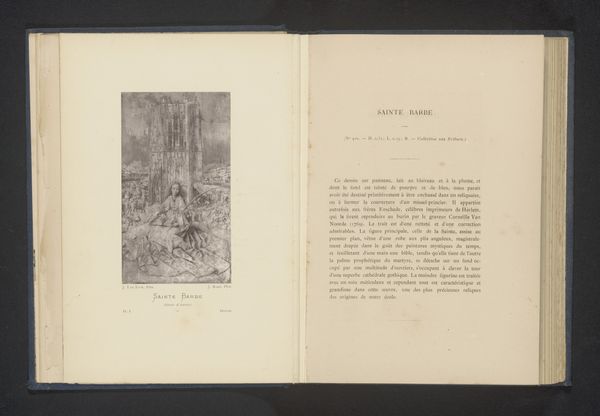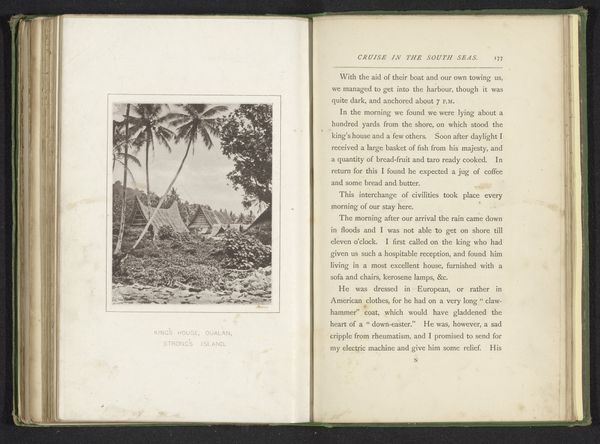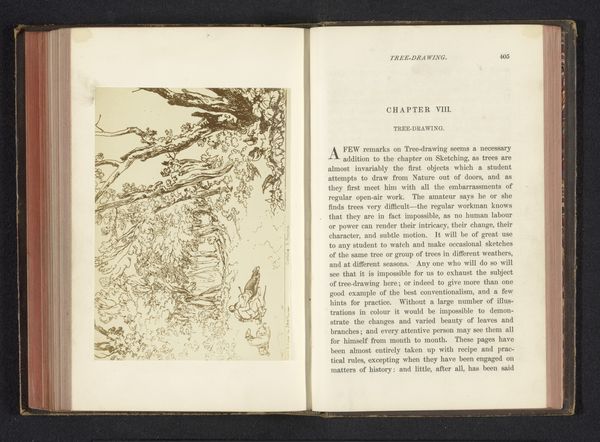
#
aged paper
#
homemade paper
#
sketch book
#
hardpaper
#
personal sketchbook
#
coloured pencil
#
thick font
#
sketchbook drawing
#
sketchbook art
#
historical font
Dimensions: height 95 mm, width 83 mm
Copyright: Rijks Museum: Open Domain
Curator: This image, "Portret van vijf onbekende inwoners van Futuna," predates 1875 and comes to us via George Smith's sketchbook. It's incredibly compelling, isn’t it? Editor: It is! There's a candidness that is surprising given the era. What strikes me most is how their gaze feels both direct and... wary? What do you make of it? Curator: Absolutely. Consider the context: a Western gaze capturing the likeness of indigenous people. Early photography and sketches like these were often used to propagate colonial ideologies, creating an "us vs. them" dynamic. These men from Futuna are not presented as individuals, but rather as "natives," reinforcing a power imbalance. Notice the accompanying text on the right-hand page? It’s filled with observations that reduce their culture to simplistic and frankly, demeaning terms, like "flattening the backs of their heads" as a custom. Editor: That's unsettling. It completely reframes my initial perception. It's less about a neutral depiction and more about… objectification? Curator: Precisely. Smith, like many of his time, probably viewed them through a lens of European superiority. But even with that embedded bias, can we find moments of resistance within the portrait? Do their expressions suggest a knowingness that defies the objectifying gaze? Editor: I think so. There’s definitely something in their posture – a sense of self-possession that the written description completely misses. Curator: It is a good reminder that we should actively question the narratives presented by these historical records and consider whose voices are silenced. Editor: I learned to not only analyze what is being shown, but more importantly, why and by whom. Thank you for highlighting how colonial undertones drastically shift my initial reading of the image.
Comments
No comments
Be the first to comment and join the conversation on the ultimate creative platform.
